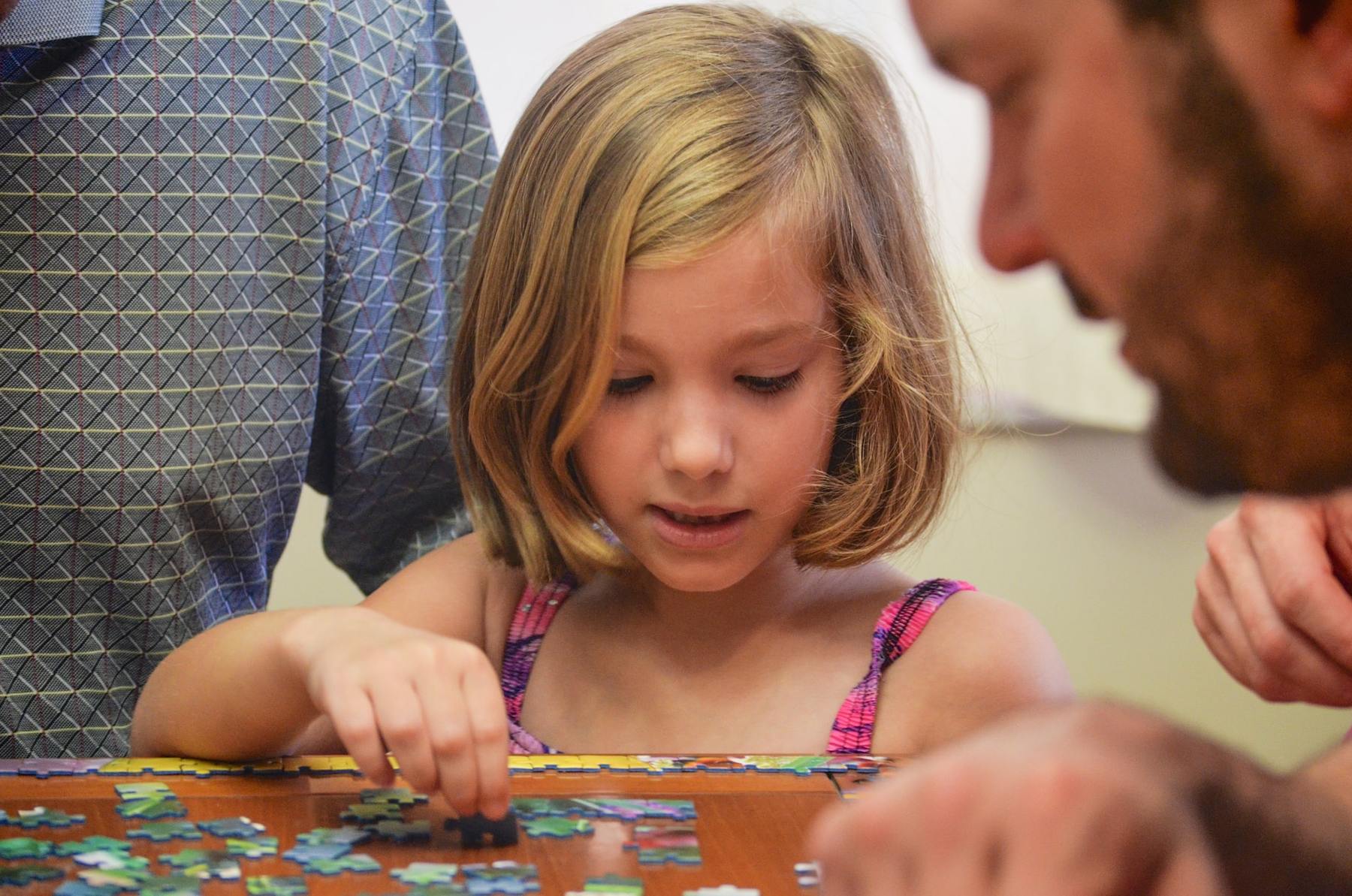
10 Amazing Benefits of Doing Jigsaws Puzzles with Kids
A favourite toy for educators and parents alike, puzzles may seem simple – you put the pieces in the right place, and you’re done! But their simplicity should not be underestimated. Jigsaw puzzles are a fantastic tool for teaching children many essential life skills.
While they are usually thought of as something to do to pass the time, or an elder relatives’ hobby, jigsaws have numerous health benefits for all ages, specifically youngsters.
Jigsaws range in complexity, from the pegged kind in which the child uses their pincer grip to complete to a more detailed picture that takes careful consideration. Here’s 10 benefits of doing them with kids…
1. Improve problem solving ability
In order to solve a puzzle, you have to test multiple approaches. From finding the edge pieces first to sorting the pieces into colour groups. Improving their ability to formulate theories, try out different hypotheses and be able to change their perspective when something doesn’t go as planned. Further improving your child’s adaptive and logical thinking skills.
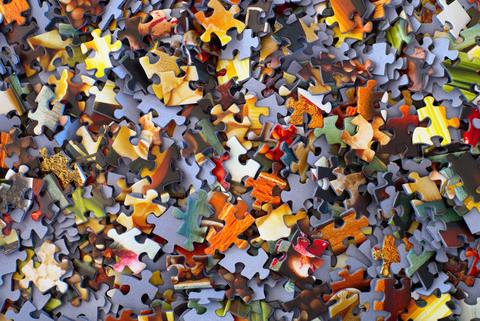
2. Fine motor development
Babies’ hands struggle to grasp small objects; toddlers struggle to pour a drink without spilling or write coherently. This is because they are still developing their fine motor skills.
Picking up and handling small puzzle pieces demands intricate and precise movements to fit the piece into the right place. Building motor skills which can lead to better handwriting and typing skills.
3. Increase Productivity
Are your little ones struggling with a homework problem or a school project? As many of us have been working and teaching from home it is easy to get burnt out explaining the same topic or lesson.
Taking a break from the problem at hand, for youngsters and adults, can help them feel ready to start again when returning to work. This is because puzzles and similar games allow the brain to be disassociated from work, and by distracting the mind for a few minutes their attitude towards the homework assignment will be refreshed.
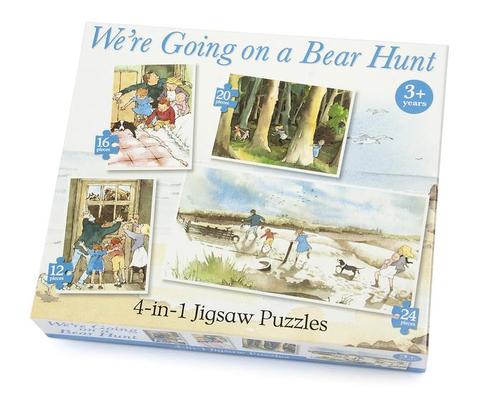
4. Mental exercise
Jigsaws are a complete brain workout. Just as rowing is thought of as a full body workout. Jigsaw puzzles exercise both the left and right of the brain. The left side of the brain is responsible for logical, objective and methodical thinking. While the right side of the brain is in charge of creativity, intuitive thinking and emotions. When doing a puzzle both sides are working together, communicating – making it a complete brain workout.
5. Memory
Puzzles keep your kids’ minds working, which is especially beneficial for short term memory. This is improved the more your children do puzzles. When your child sees a piece’s silhouette or colour, the more they improve, they will be able to remember where it fits and why.
Activities to improve their memory further include:
– Practicing the puzzle multiple times.
– Setting up a stopwatch to see how quickly they can complete the puzzle.
– Ask them to look at the complete puzzle for 30 seconds or so, then get them to turn around and ask them questions about the jigsaw, e.g. ‘What colour was the kite?’, ‘How many bikes are in the picture?’.

6. Concentration
In this digital age getting your kids to focus on anything for a good amount of time is tricky. Screens affect a lot in our lives, from weight to sleeping pattern and eye health. Meaning time away from screens will not only improve their cognitive function and ability to hold attention.
Completing a puzzle gives your kids a chance to work on a task, uninterrupted. To reap the full benefits of a puzzle you should choose one age appropriate. When a puzzle or game is too hard, kids can get impatient and give up. Ensuring it is the right level makes it more enjoyable and doable for them.
7. Self-esteem
Everyone loves completing a task, ticking it off your list, seeing your work complete. Finishing a jigsaw has the same feeling, when they put in that last piece of the puzzle it can be elating for them.
From the disorder they found in the box to the completed picture they see at the end, the finality of placing the last piece can give them a great sense of achievement. Something which they can add to their list of accomplishments, building their self-esteem.
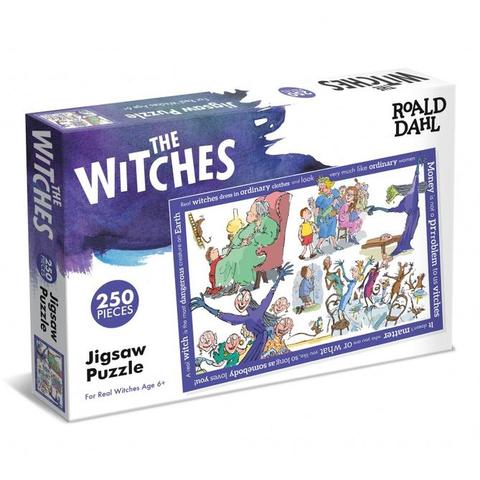
8. Social Skills
The learning opportunities while playing a puzzle are numerous. When they play together the benefits multiply. From grabbing the same puzzle piece to correcting the other players placement, interacting with other children helps their communication skills and sociability. They learn how to delegate, work together and see how teamwork can benefit their united goal – to finish the puzzle!
9. Hand-Eye Coordination
Learning to write is one of the hardest things for a little one. The frustration of not being able to manipulate the pen in the way they want. Unable, at first, to write the perfect lettering. Youngsters develop this skill by practicing activities that make their eyes and hands work together, puzzles are perfect for this. To see them make the most improvement limit your involvement, unless they seek assistance of course. By allowing them to complete the puzzle independently you will be able to watch them think and see them develop in front of your eyes.
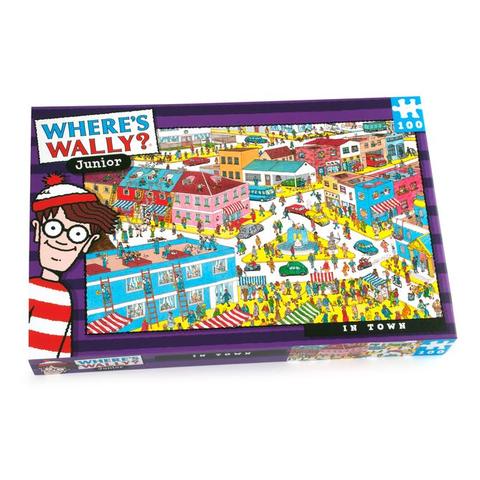
10. It’s fun!
It’s been proven that our body, when playing puzzles, releases dopamine. Dopamine is a neurotransmitter that regulates mood and optimism. When doing a jigsaw, our brains move from a ‘Beta’ state (which is the state we are in while awake) to a ‘Alpha’ state (which is our dreaming state). This shift in brain activity lowers stress levels and improves mood. Meaning puzzles are scientifically proven to be fun!
Why not see for yourselves? Here at Books4Us we have plenty of puzzles to choose from for all ages which you can find here.










